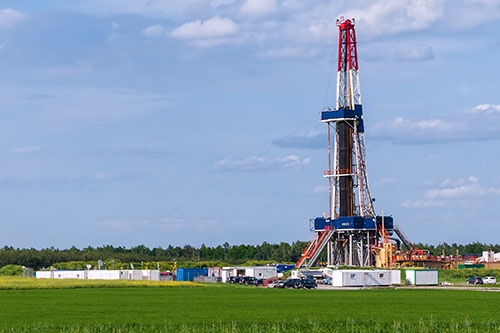
The combination of hydraulic fracturing and horizontal drilling has enabled us to tap into large deposits of shale resources that contain crude oil and natural gas. Shale resources were not available a decade ago, and its emergence in the United States has positioned it as competition to the other natural gas and oil resources available. With production expected to increase over the next decade, shale resources will continue to have an impact on domestic oil and gas consumption.
As production of oil and natural gas from shale resources continues to ramp up, you will also see a rise in total domestic consumption due to the decreasing prices of those energy supplies. The economic effects will be tremendous, as use of more conventional resources and competing fuels will drop.
Experts estimate that the price of natural gas would be about 70 percent higher if not for the development of shale gas, so the economic advantages are clear. Shale gas has even proved to be more valuable than tight oil, in large part because shale gas is more plentiful.
Existing labor and capital will also experience a boost from the innovative combination of hydraulic fracturing and horizontal drilling. Productivity will increase for those employed in shale development or the natural gas and oil industry, which leads to an increase in gross domestic product.
The increase in labor and capital from higher income and better wages as a result of shale development’s effect on gross domestic product will provide an exceptional boost to the economy. You should also be an increase in federal tax revenues from the increase in gross domestic product.
Production of natural gas from shale resources has had a substantial effect on the energy and economic markets, and the true long-term impact will continue to be felt for years to come.